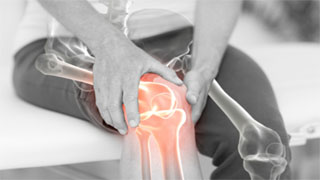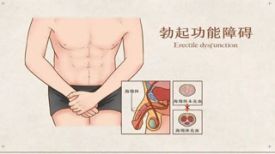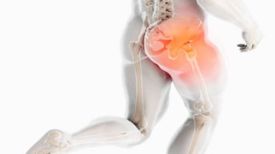
Prevention and Rehabilitation Training of Knee Joint Injury
1、 Medial collateral ligament sprain
Acute injuries to the medial collateral ligament often occur when the impact on the lateral side of the knee during confrontation causes the knee joint to suddenly bend inward; It is more common for athletes with knee valgus (knee adduction) to develop chronic injuries to the medial collateral ligament. Basketball cannot avoid repeated running, jumping, and landing, so the occurrence of medial collateral ligament injury in the knee has a significant impact on its athletic performance.
Related parts situation
The medial collateral ligament is located on the inner side of the knee joint and its main function is to fix the knee joint and prevent excessive inward movement. Athletes with hip adductor muscle tightness and hip abductor muscle weakness are often accompanied by knee valgus. This problem can be solved by adjusting the balance of muscle strength and correcting the squatting and landing movement patterns to avoid injury. Athletes with knee inversion should also strengthen proprioceptive exercises to increase body control and reduce arch pressure.
Preventive measures
1. Adductor muscle relaxation
2. Adductor muscle traction
3. Elastic ring walking
4. Puller hip abduction
5. Elastic ring hip external rotation
6. Single leg squat
7. Jump box landing
8. Balance plate single leg support
1. Elastic ring walking
Placing the elastic ring above the practitioner's patella and moving it back, forth, left, and right, overcoming the resistance of the elastic band at each step, is the best way to activate the area around the hip joint.
(1) Vertical walking
The practitioner lowers their center of gravity and performs straight forward and backward movements. Strengthening the hip flexors (iliopsoas muscle, rectus femoris muscle) and hip extensor muscles (gluteus maximus muscle) forward and backward respectively, while lowering the center of gravity, the quadriceps femoris muscle continues to contract.
(2) Horizontal walking
The practitioner lowers their center of gravity and moves horizontally in a straight line. When taking an outward step, the hip joint rotates and abducts, activating the gluteal muscles (gluteus maximus, gluteus medius, and gluteus medius). At the same time, lateral movement is also a common specialized technique on the basketball court.
2. Elastic ring hip external rotation
Compared to the knee and ankle joints, the hip joint has a more powerful external rotation function, so specialized exercises in hip external rotation during training can help reduce the load on other joints in the lower limbs and maximize the function of technical movements.
Standing posture: The practitioner fixes the elastic ring in the middle of both feet, supports it with one leg, bends the hip on the other side, and rotates the hip outward. The practice of standing posture is the most difficult among a series of hip external rotation exercises, but it also produces the most functions; Single leg support can stimulate proprioceptive sensation; During the dynamic process, in addition to the hip external rotation muscle, the hip flexion muscle will also be strengthened first; And standing posture is more functional. So for athletes with strong abilities, standing posture practice is the first choice.


